The USA’s Largest State: History & 10 Fun Attractions in Alaska
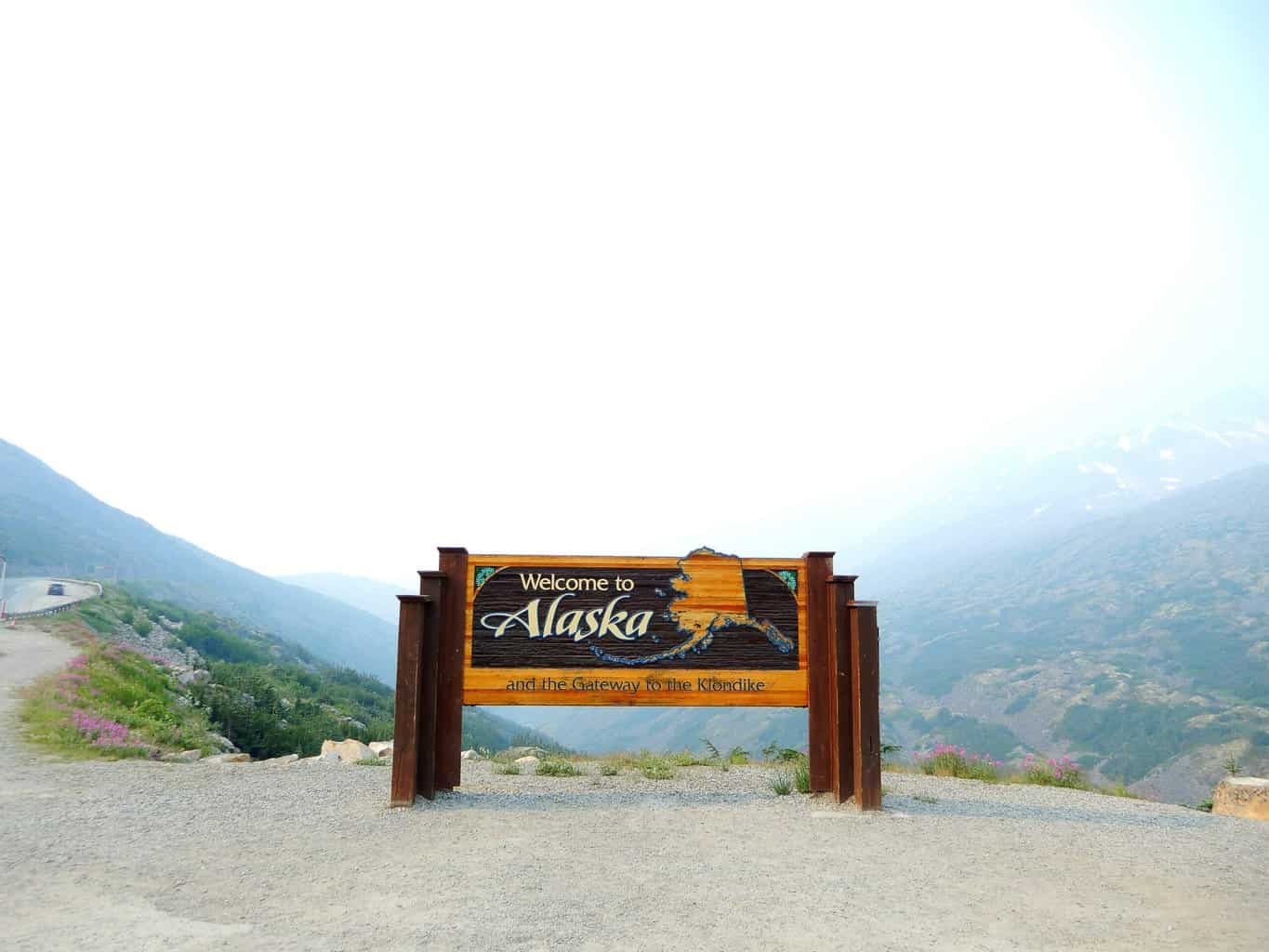
Updated On: April 20, 2024 by Courtney Augello
Alaska, the USA’s largest state, captivates the imagination with its breathtaking landscapes, rich history, economic significance, and abundance of tourist attractions.
Nestled in the far reaches of the North American continent, Alaska is a land of extremes, where towering mountains, icy glaciers, pristine forests, and rugged coastlines paint a picture of raw natural beauty.
Beyond its awe-inspiring geography, the history of the USA’s largest state is marked by tales of exploration. Today, Alaska plays a vital role in the nation’s economy, driven by its abundant resources and thriving industries.
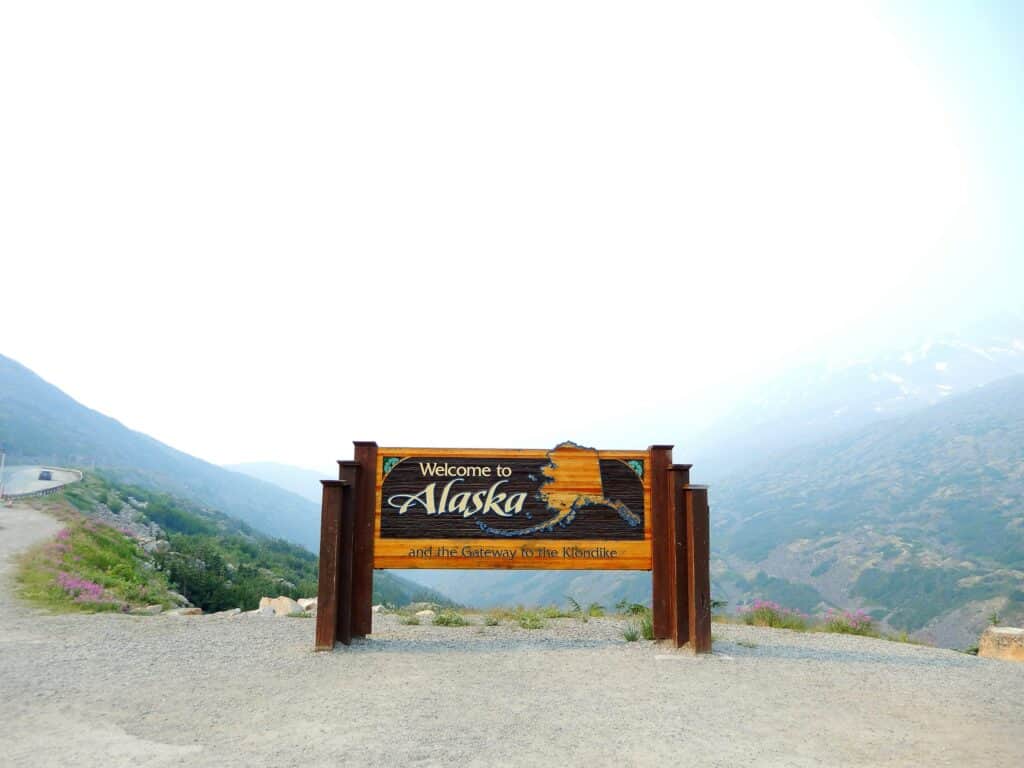
Moreover, the USA’s largest state’s diverse range of tourist attractions, from national parks to cultural events, draw adventurers, nature enthusiasts, and history buffs from around the world.
To help you plan the best trip, we’ve provided a deep dive into the multifaceted aspects of Alaska. By exploring its geography, history, economic importance, and must-visit tourist attractions, we can uncover the essence of the USA’s largest state.
Table of Contents
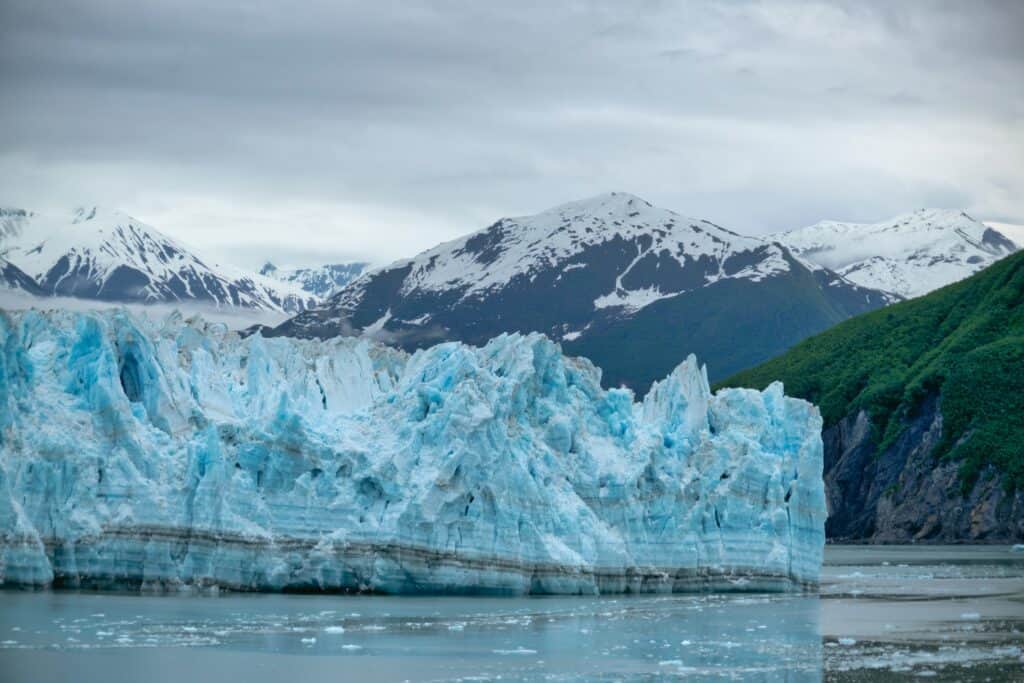
Geography of Alaska
Alaska, the USA’s largest state, boasts a diverse and captivating geography. It stretches across vast territories, encompassing dramatic landscapes and natural wonders. The state is known for its rugged mountain ranges, including the towering peaks of the Alaska Range and the mighty Mount Denali.
Glaciers dot the landscape, with notable ones like the Mendenhall Glacier and the Hubbard Glacier. Alaska is also home to the expansive Yukon-Kuskokwim Delta, extensive tundra regions, and vast forests teeming with wildlife.
It is bordered by the Arctic Ocean in the north and the Pacific Ocean in the south, offering a diverse coastal environment. Alaska’s geography presents a stunning mosaic of mountains, glaciers, rivers, and coastlines, showcasing the raw beauty of the Last Frontier.
Wildlife and Biodiversity
Alaska is renowned for its exceptional wildlife and rich biodiversity. From its vast marine ecosystems to its expansive wilderness, the USA’s largest state offers a haven for numerous species. Grizzly bears, black bears, moose, caribou, and wolves roam its forests and tundra.
Majestic bald eagles soar through the skies, while puffins, seals, sea lions, and whales thrive along its coastal areas. Alaska’s rivers teem with salmon during their annual migrations.
The USA’s largest state also houses diverse plant life, including towering spruce and cedar trees, colourful wildflowers, and vast expanses of tundra. Alaska’s wildlife and biodiversity are a testament to the state’s pristine and unspoiled natural environments.
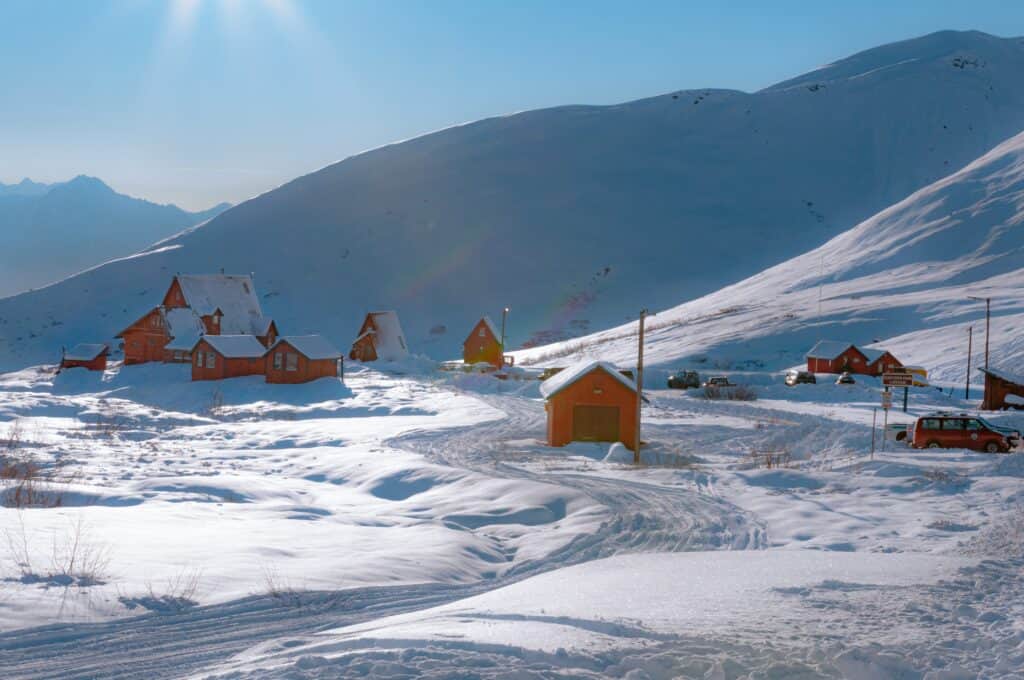
Indigenous Cultures
The indigenous cultures of Alaska have a rich and vibrant history that stretches back thousands of years. The USA’s largest state is home to a diverse range of indigenous peoples, including the Inupiat, Yupik, Aleut, Athabascan, and Tlingit, among others.
These communities have deep connections to the land, sea, and wildlife of Alaska. Their cultures are marked by traditional practices, storytelling, art, and subsistence lifestyles that have sustained them for generations.
Indigenous languages, dances, and ceremonies continue to be cherished and celebrated. Despite the challenges of colonisation and cultural assimilation, Alaska’s indigenous cultures persist, and their contributions to the heritage and identity of the USA’s largest state are invaluable.
Alaska’s Role in U.S. History
Alaska has played a significant role in the history of the United States. The state’s acquisition from Russia in 1867, known as the Alaska Purchase, expanded U.S. territory and opened up new opportunities for exploration and development.
The Klondike Gold Rush of the late 19th century brought an influx of prospectors and settlers to the USA’s largest state, fueling economic growth and shaping the region’s history. During World War II, Alaska’s strategic location made it a critical base for military operations in the Pacific.
Finally, Alaska achieved statehood in 1959, becoming the 49th state of the United States. Alaska’s history reflects its unique geographical position and the pivotal role it has played in shaping American history.
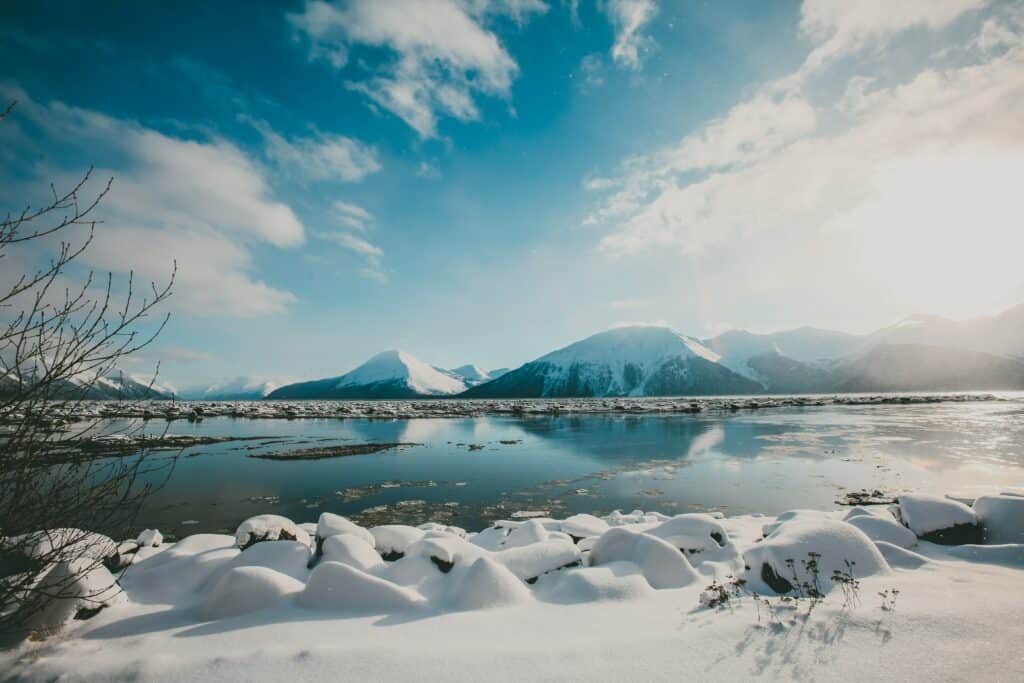
Economic Significance of the USA’s Largest State
Alaska holds immense economic significance for the United States. The state’s abundant natural resources have fueled its economy for decades.
The oil and gas industry, centred around the massive Prudhoe Bay oil field, has been a major contributor to the economy of the USA’s largest state, providing jobs, revenue, and supporting infrastructure development.
The fishing industry, particularly the commercial salmon industry, is another crucial economic sector, supplying the nation with seafood. Additionally, tourism, driven by Alaska’s stunning landscapes and wildlife, has become a significant source of income.
Alaska’s economic significance lies in its vast reserves of resources, its strategic location, and its ability to attract visitors seeking unforgettable experiences in the Last Frontier.
Environmental Concerns
The USA’s largest state faces significant environmental concerns that demand attention and action. Alaska is experiencing the effects of climate change at an accelerated pace, with rising temperatures, melting glaciers, and changing ecosystems.
These changes have far-reaching implications for the wildlife, indigenous communities, and fragile ecosystems that exist in the USA’s largest state. Additionally, industrial activities, such as resource extraction and mining, pose threats to the environment, including the risk of pollution and habitat destruction.
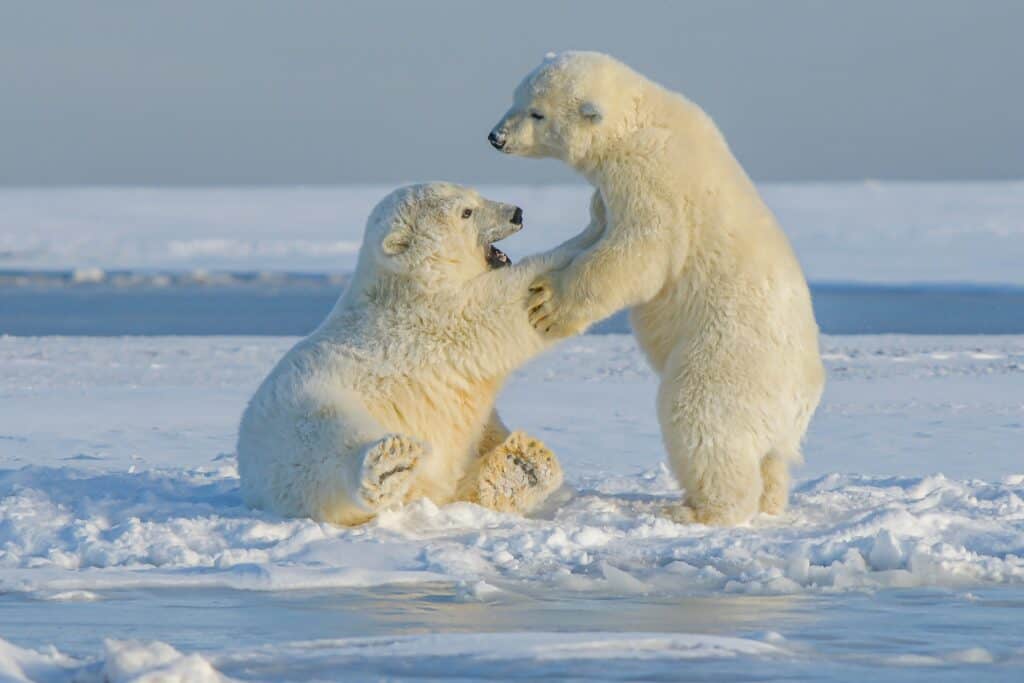
The balance between economic development and environmental conservation is a delicate challenge in Alaska. Efforts are underway to promote sustainability, protect vulnerable species, and mitigate the impacts of climate change, but continued vigilance and proactive measures are necessary to address Alaska’s environmental concerns.
Cultural and Natural Attractions
Iditarod Trail Sled Dog Race
The Iditarod Trail Sled Dog Race is a legendary event that captures the spirit of Alaska’s rugged wilderness and rich history. Spanning over 1,000 miles of frozen terrain, this annual race commemorates the historic Iditarod Trail, which served as a vital lifeline for transportation during the state’s early days.
Mushers and their teams of highly trained sled dogs face extreme weather conditions, treacherous landscapes, and sleep deprivation as they navigate the gruelling trail from Anchorage to Nome.
The race embodies the enduring bond between humans and dogs, showcasing the incredible athleticism, determination, and camaraderie that define this remarkable tradition in the USA’s largest state.
Sitka National Historical Park
Sitka National Historical Park is a captivating site that celebrates the rich indigenous history of the USA’s largest state. The park is renowned for its collection of beautifully carved totem poles, each telling a unique story of the native Tlingit people.
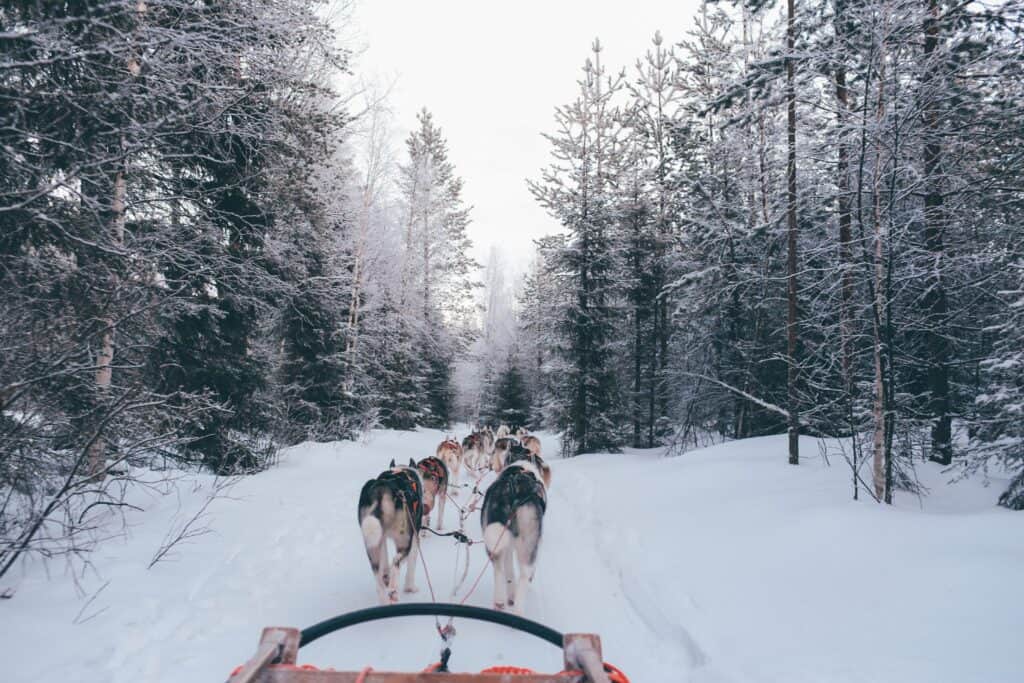
Visitors can stroll along scenic trails, immersing themselves in the lush temperate rainforest and encountering awe-inspiring totems. The park also offers cultural exhibits, a visitor centre, and opportunities to witness traditional native dance performances.
Sitka National Historical Park serves as a bridge between past and present, honouring the cultural heritage of indigenous communities that live in the USA’s largest state.
Glacier Bay National Park and Preserve
Glacier Bay National Park and Preserve, located in southeast Alaska, is a captivating wonderland of ice and wilderness. This UNESCO World Heritage Site is renowned for its spectacular tidewater glaciers that dramatically calve into the icy waters.
Tourists can explore the pristine fjords, witness breathtaking glacier vistas, and spot an abundance of wildlife, including humpback whales, sea otters, and harbour seals. Hiking trails, kayaking opportunities, and boat tours offer immersive experiences amidst the majestic beauty of the park.
Glacier Bay National Park and Preserve is a testament to the power and beauty of nature, providing an unforgettable adventure for nature enthusiasts and adventure seekers visiting the USA’s largest state.
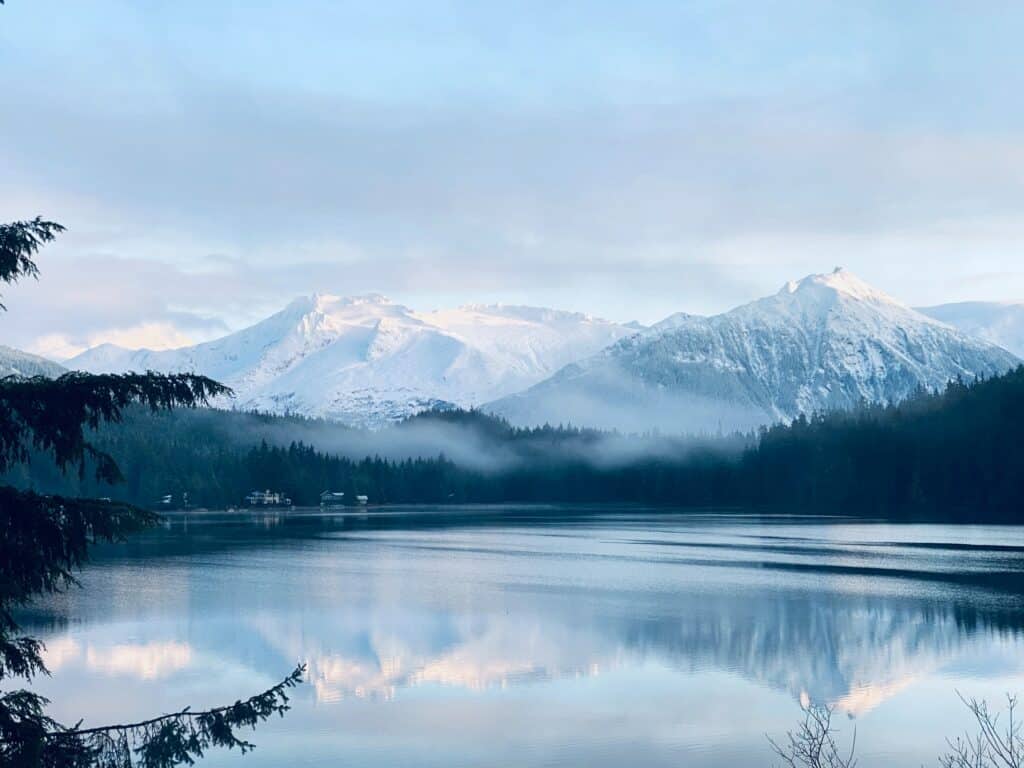
Mendenhall Glacier
The Mendenhall Glacier, located just outside Juneau, Alaska, is a stunning natural wonder that captivates visitors with its icy grandeur. This magnificent glacier stretches over 12 miles, showcasing breathtaking blue ice formations and awe-inspiring landscapes.
Tourists can witness the glacier up close by hiking to viewpoints or taking boat tours on the adjacent Mendenhall Lake. The surrounding area offers opportunities to explore scenic trails, spot wildlife such as black bears and eagles, and learn about the glacier’s ecological significance.
The Mendenhall Glacier is a mesmerising testament to the power and beauty of the glacial landscapes that cover the USA’s largest state.
Alaska Native Heritage Center
The Alaska Native Heritage Center, located in Anchorage, serves as a captivating gateway into the rich cultural heritage of Alaska’s indigenous peoples. This cultural centre offers visitors a unique opportunity to learn about and experience the traditions, art, and history of Alaska Native cultures.
Through interactive exhibits, performances, and workshops, visitors can gain insights into the traditional lifestyles, languages, and artistic expressions of Alaska’s Native communities. The centre’s outdoor village showcases authentic dwellings and allows visitors to engage with native artisans and performers.
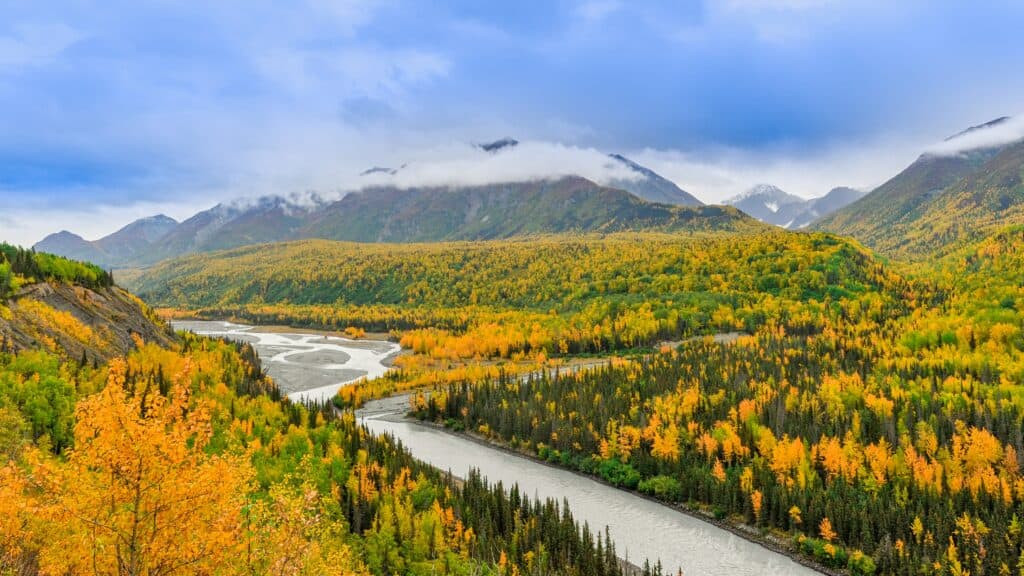
The Alaska Native Heritage Center is a valuable resource for fostering understanding, appreciation, and preservation of the indigenous cultures that thrive in the USA’s largest state.
Denali National Park and Preserve
Denali National Park and Preserve is a breathtaking wilderness that showcases the untamed beauty of the USA’s largest state. At the centre of the park stands the towering Mount Denali, the highest peak in North America.
With its diverse ecosystems, expansive tundra, and abundant wildlife, Denali offers visitors an unforgettable experience. From awe-inspiring vistas to thrilling wildlife encounters with grizzly bears, caribou, and wolves, the park provides a glimpse into the untouched wilderness of Alaska, the USA’s largest state.
Hiking trails, camping opportunities, and ranger-led programs allow visitors to immerse themselves in the park’s natural wonders and gain a deeper appreciation for this pristine landscape.
Northern Lights and Midnight Sun
Alaska offers two awe-inspiring natural phenomena: the Northern Lights (Aurora Borealis) and the Midnight Sun. The Northern Lights paint the night sky above the USA’s largest state with vibrant colours, dancing and shimmering across the horizon.
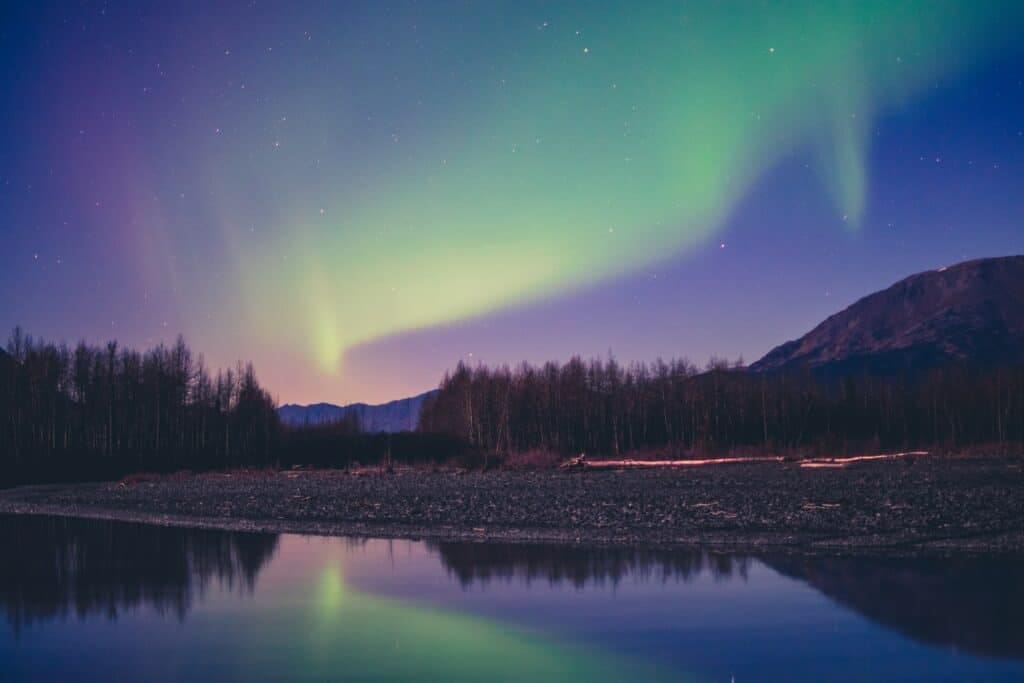
Alaska’s remote locations, such as Fairbanks, provide prime viewing opportunities, especially during the winter months. On the other hand, during the summer solstice, Alaska experiences the Midnight Sun, where the sun remains visible throughout the night, creating a surreal and magical atmosphere.
Witnessing these natural wonders in Alaska is a truly extraordinary experience, offering moments of wonder and enchantment that are etched into tourists’ memories forever.
Kenai Fjords National Park
Kenai Fjords National Park, located on the Kenai Peninsula in Alaska, is a breathtaking destination that showcases the splendour of icy fjords, towering glaciers, and abundant marine life of the USA’s largest state.
Visitors can embark on boat tours or kayaking adventures to witness the awe-inspiring tidewater glaciers calving into the sea and explore the stunning coastal landscapes. The park is home to a variety of wildlife, including sea otters, seals, whales, and seabirds.
Hiking trails offer opportunities to explore the lush forests and alpine meadows, providing glimpses of the park’s natural beauty. Kenai Fjords National Park offers a truly immersive and unforgettable experience in Alaska’s pristine wilderness.
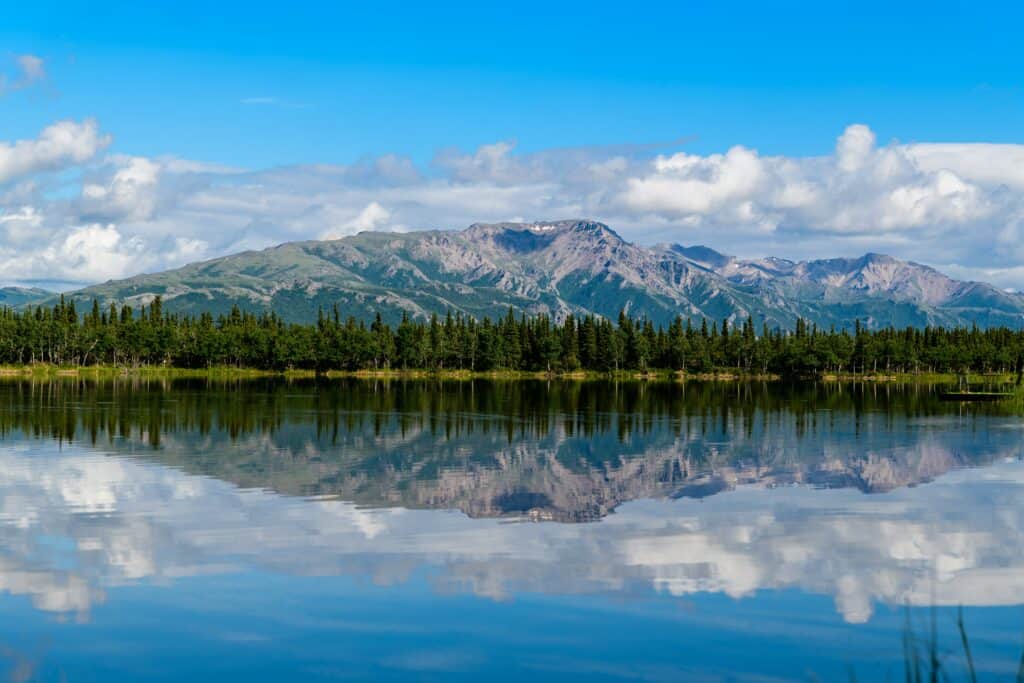
Alaska SeaLife Center
The Alaska SeaLife Center, located in Seward, is a captivating marine research facility and public aquarium that offers visitors a unique opportunity to discover the diverse marine life of the USA’s largest state.
This centre combines research, education, and wildlife rehabilitation in one remarkable institution. Visitors can observe and learn about various species native to Alaskan waters, including sea otters, seals, puffins, and octopuses.
Interactive exhibits provide insights into the marine ecosystem and conservation efforts. The Alaska SeaLife Center is not only a place of wonder and education but also a hub for marine research and wildlife rescue, making it a must-visit destination for nature enthusiasts visiting the USA’s largest state.
Festivals and cultural events
The USA’s largest state is home to a vibrant array of festivals and cultural events that celebrate the state’s rich heritage and diverse communities. The annual Alaska Folk Festival in Juneau brings together musicians and performers from across the state to showcase traditional music and dance.
The Fur Rendezvous in Anchorage features winter-themed activities, including sled dog races and snow sculpting contests. The Sitka Summer Music Festival presents classical music performances in stunning venues around Sitka.
The World Eskimo-Indian Olympics in Fairbanks highlights indigenous sports and cultural traditions. These events provide opportunities to immerse oneself in the unique cultural tapestry of Alaska while enjoying music, art, food, and community spirit.
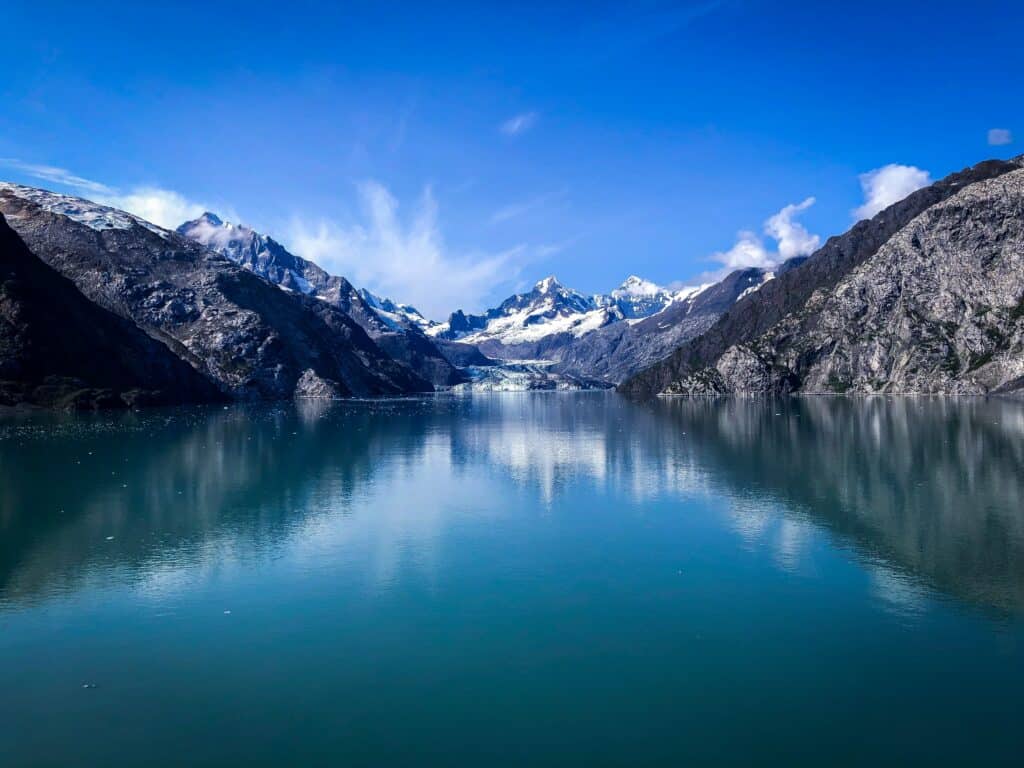
The USA’s Largest State Has Lots to Offer
Alaska stands as a captivating and remarkable state within the United States, offering a tapestry of diverse elements that make it truly unique. Its vast geography encompasses majestic mountains, sprawling forests, icy glaciers, and breathtaking coastlines.
Alaska’s history reflects its significance in shaping American history. The economic importance of the USA’s largest state is derived from its abundant natural resources, including oil, gas, fish, and tourism.
Meanwhile, its tourist attractions, from Denali National Park and Preserve to the Iditarod Trail Sled Dog Race, offer visitors unparalleled experiences in the midst of untouched wilderness and cultural heritage. Alaska’s beauty, history, economic contributions, and captivating attractions make it a treasure that continues to inspire awe and admiration.
As we appreciate its wonders and strive to preserve its delicate ecosystems, the USA’s largest state remains an enduring symbol of nature’s grandeur and the spirit of exploration.
If you’re planning to visit the USA, check out our blog on 15 Spectacular Destinations for a Holiday in the USA.






